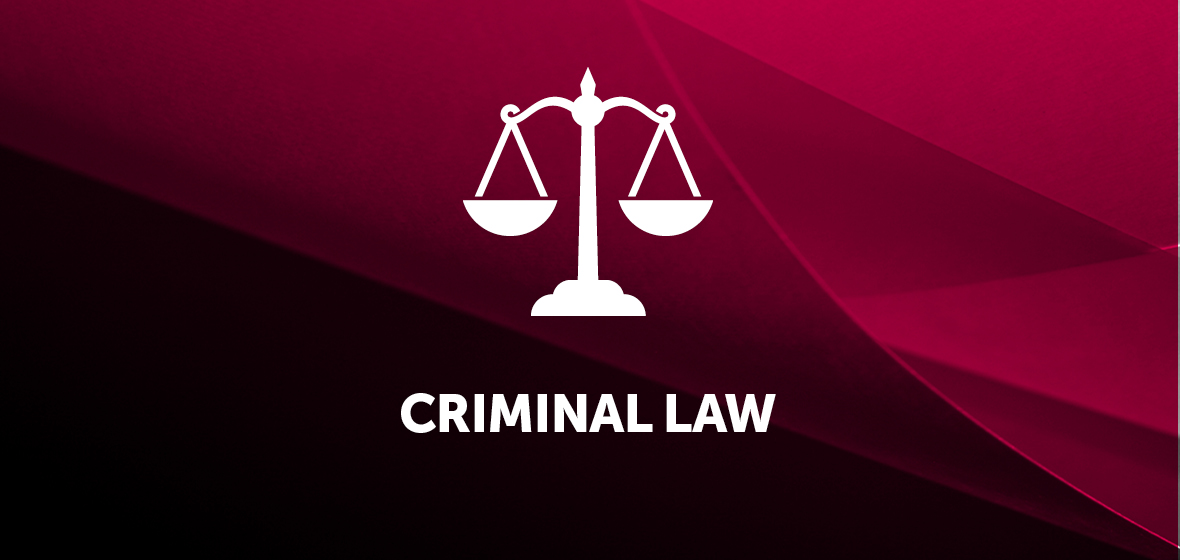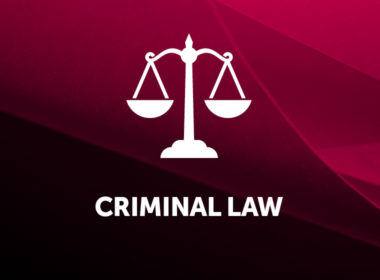Key decisions
- Jackson v R [2020] NSWCCA 5
- The Queen v Bauer [2018] HCA 40
- Vasilevski v R [2019] NSWCCA 277
Jackson v R [2020] NSWCCA 5
Tendency – uncharged acts – single vs multi-complainant sexual assault matters
The Court of Criminal Appeal (‘CCA’) has considered whether, in light of recent High Court authority, there is a different standard of proof to be applied to uncharged acts when there is only one complainant in sex matters, versus when there is more than one. This was not thought to be the right vehicle to decide the issue – although the general sense is that the evidence should be treated the same way, regardless of how many complainants there are.
The applicant faced trial for sex offences relating to two separate child complainants. The Crown alleged that the applicant had a tendency, amongst other things, to have a sexual interest in young males (aged 13 or younger), and to act on that tendency variously by indecently or sexually assaulting them. The Crown thus relied upon the tendency reasoning for the evidence of the two separate complainants, each as regarded the other’s case, but also relied on the uncharged allegations of a third young man who said it had also happened to him (it appears those acts were not charged here because they happened in Victoria). A jury found the applicant guilty of two counts relating to one of the complainants, but acquitted him of the other four counts on the indictment.
The applicant appealed on grounds asserting, amongst other things, that the trial judge had erred in her directions in relation to the tendency evidence. The applicant made a slightly unexpected argument: that the trial judge had set the burden of proof too high for the Crown in relation to the tendency evidence, in that she had directed the jury that they had to be satisfied beyond reasonable doubt of the tendency before they could act on it. This caused the risk, so the argument ran, that the tendency evidence became an essential ‘intermediate fact’. And that, he said, could have led the jury to give too much weight to the evidence, or could have given rise to an unacceptable risk of a compromise verdict, and thereby occasioned a miscarriage of justice.


